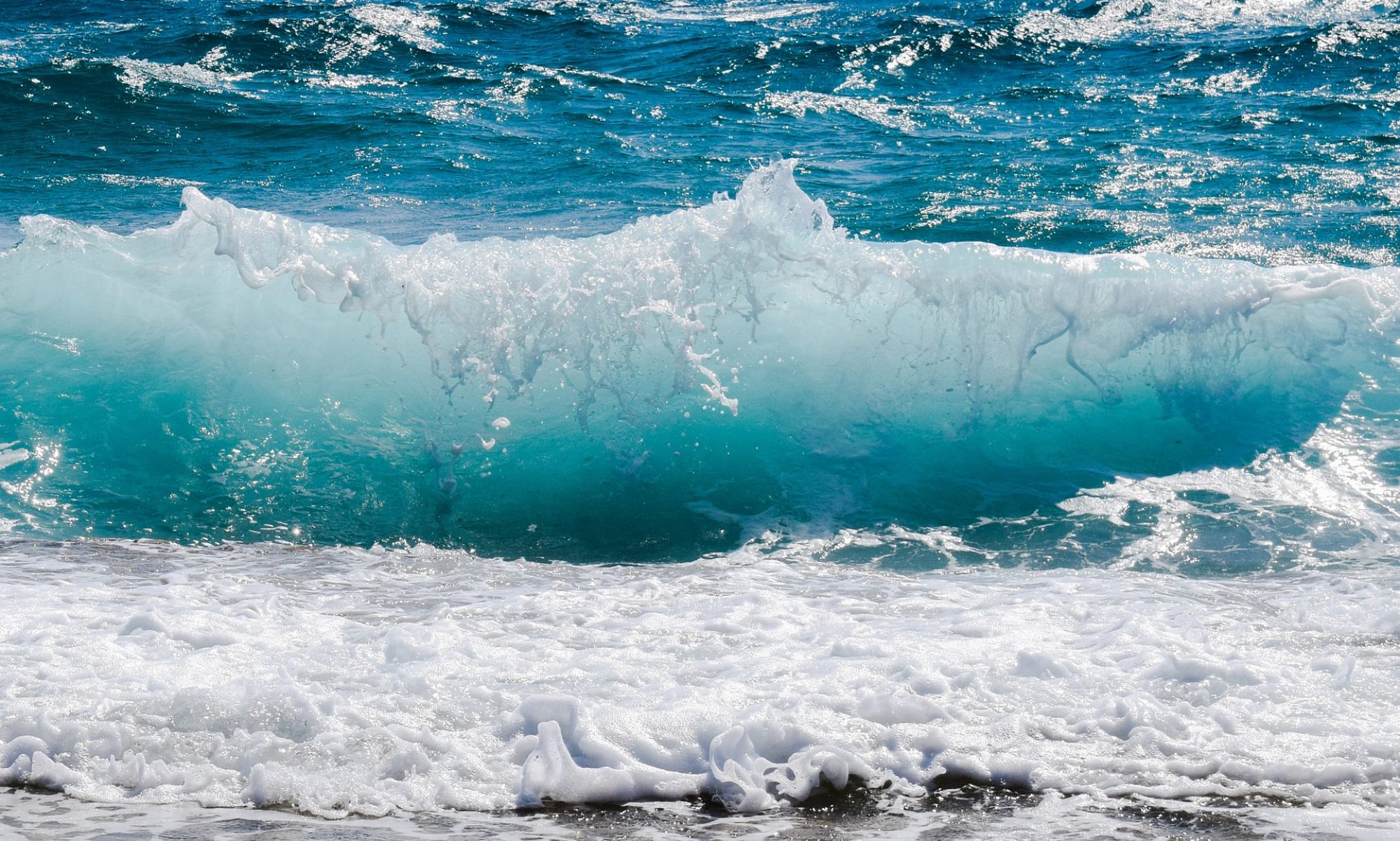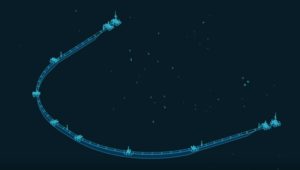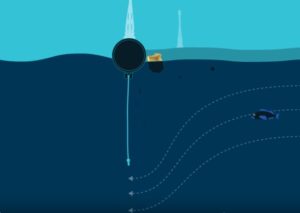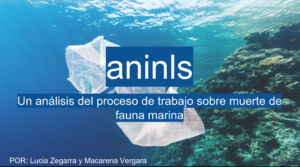Environmental problematic: River Plate contamination.
The River Plate, located in south-west South America, originates from the junction between The Paraná and the Uruguay rivers. It flows between Argentina and Uruguay and into the Atlantic Ocean. It is one of the most important rivers in America. It was born pure and clean but now it is used as a trash can. It was formed 2,4 million years ago. The River Plate, in its whole extension, suffers from contamination from the most varied origins, which 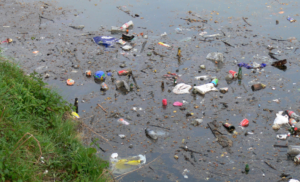 affects the 15 million people living at its coasts. The river, that in previous centuries contained clear water, is now a deposit of residual water from the industrial and agricultural areas. The causes of its contamination originate at the urban and industrial effluents, which do not receive adequate treatment, in this case, they are the Medrano and Luján Reconquista creeks, and the Riachuelo. There, you can see disturbances in the natural environment, caused by population growth, an increase in urbanization and of agricultural, ranching and industrial activities. This is reflected in the decrease of water quality, the habitats disturbance and the decrease of biodiversity, in the basin as well as in the coast.
affects the 15 million people living at its coasts. The river, that in previous centuries contained clear water, is now a deposit of residual water from the industrial and agricultural areas. The causes of its contamination originate at the urban and industrial effluents, which do not receive adequate treatment, in this case, they are the Medrano and Luján Reconquista creeks, and the Riachuelo. There, you can see disturbances in the natural environment, caused by population growth, an increase in urbanization and of agricultural, ranching and industrial activities. This is reflected in the decrease of water quality, the habitats disturbance and the decrease of biodiversity, in the basin as well as in the coast.
Industrial Effluents Treating Plant
PREVIOUS STEPS
- Step 1: Get authorization to check if factories and industries have a non-treated water disposal which falls into the streams that flow into the River Plate.
- Step 2: After verifying whether industries have water disposals that fall into the streams that flow into the River Plate, a law is established which compels factories and industries to install this industrial purification treatment. If the law is not complied, fines will have to be paid, or industries might even be closed down.
- Step 3: Installation of the treatment in each of the contaminating industries.
Purification Plant
1 Pre-Treatment: The polluted water flows through metallic nets that retain the solid elements, which are recolected and are then carried to waste treatment plants, the water continues through the process.
- Decanting basin: The liquids go to decanting basins, where solid elements are isolated and decant due to gravity, although the process is accelerated by using aluminium sulfate.
- Purification: Then, the liquid goes to water purifiers, according to which chemical the each factory wants to eliminate. The purifiers reduce their parts per million (ppm), as they can not eliminate the chemical completely.
- River Plate: Finally, the polluting liquids turn into natural water and are thrown back into the River Plate.
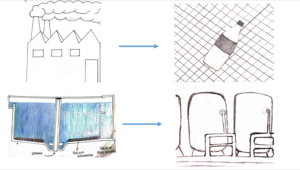
- Step 3: Installation of the treatment in each of the contaminating industries.
-
Objectives
Reducing the amount of solid and chemical waste present in the River Plate. If possible, eliminating them completely, at long term. Moreover, there is another very important objective, which is making factories and industries to do something and putting this project into practice, as it would be impossible to accomplish it without them.
The main pollution sources are:
- Ammonium, nitrite, other metals.
- Sewage.
They come from:
- Alcoholic drinks’ factories (3%)
- Pharmaceutical, chemical, and petrochemical industries (30%)
- Desechos cloacales y otras industrias (67%)
Contaminating affluents:
- Riachuelo, Arroyo Sarandí, Santo Domingo, Jimenez, Conchitas, Baldovinos, Pereyra.
